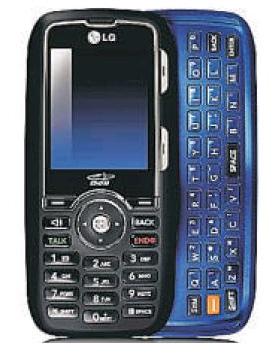Too late, novelty’s gone, critics say
Cheryl Chan
Province

The iPhone is coming to Canada by year’s end, said Rogers Tuesday. CNS file photo
The long wait for iPhones in Canada will soon be over.
Rogers Communications announced yesterday that it has inked a deal with California-based Apple Inc. to carry the iconic, much-awaited devices nationwide.
“We’re thrilled to announce that we have a deal with Apple to bring the iPhone to Canada later this year,” said CEO Ted Rogers in a brief statement.
“We can’t tell you any more about it right now, but stay tuned.”
Apple released the iPhone — a combination of phone, music player and web browser — in the United States last summer and in European markets last November, leaving Canadian consumers champing at the bit.
Al Kilburn, who runs Compare Cellular, an independent Vancouver-based website on Canadian wireless carriers, said he expects Rogers to roll out the highly-anticipated phones around the end of summer to capitalize on the back-to-school and back-to-work shopping period.
“It’s an entertainment device as opposed to a phone,” he said. “I think it will be great for Rogers, but it depends on how they package it.”
Yesterday’s announcement was short on details with spokespeople for both companies remaining mum on the phone’s retail price, date of release and monthly plans.
“I’d guess with the type of product it is, you can only utilize it to its potential if you have a data plan,” said Kilburn, who speculated Rogers would come up with a combination data-and-voice plan, or even a special plan just for the iPhone.
In the U.S., the phones are sold by AT&T with a minimum two-year contract and monthly plans that range from $59.99 to $119.99 and include unlimited web and e-mail transmission. The phones are sold separately — $399 for eight gigabytes and $499 for 16 gigabytes.
In Germany, where T-Mobile released the iPhones in November, an eight-gigabyte handset sold for $557.
The iPhones had a reasonably solid demand south of the border, said Felix Narhi, a Vancouver-based equity analyst with Odlum Brown who expects Rogers, the country’s only network to run on the GSM system, to do well.
“Rogers knows they’re the only game in town,” he said. “Given how successful Apple has been with iPod and Mac, it’s going to be a huge draw for customers in Canada, as well, to get this product.”
Narhi said part of the delay in bringing the iPhone to Canada is negotiations over the monthly packages to be offered to users.
“Apple probably wants a flat-rate monthly all-you-can-eat data plan, which in general Rogers has not wanted to do,” he said. “Apple really wants people to surf for whatever they want and not to worry about minutes, which takes way from the experience and the utilization of the phone.” Currently, Rogers does not offer any unlimited data plans.
Narhi said the iPhone release could hurt Rogers‘ competitors Telus Mobility and Bell Canada
“It could affect them on the high-end,” he said. “Now that we have number portability . . . a lot of people who would want the latest gadget, who would only get it with Rogers, might switch over.”
However, Eamon Hoey, of Toronto-based management consulting firm Hoey and Associates, said the release of the iPhone in Canada will be too little, too late.
“It just doesn’t matter anymore. There are now alternatives to the iPhone, which has been introduced everywhere else in the world. It’s no longer a novelty.”
He said the delay in the release demonstrates how far Canada lags behind other countries and chalks it up to lack of competition in the wireless industry.
Kilburn said there’s been a lot of demand in Canada since the iPhone was released, but during the lag, competitors have come out with other similar phones, such as the Windows-based HTC Touch smartphone.
© The Vancouver Province 2008






